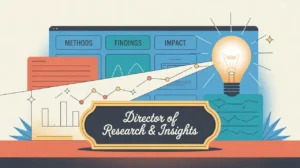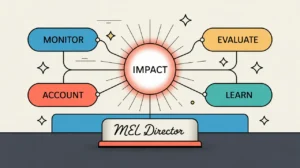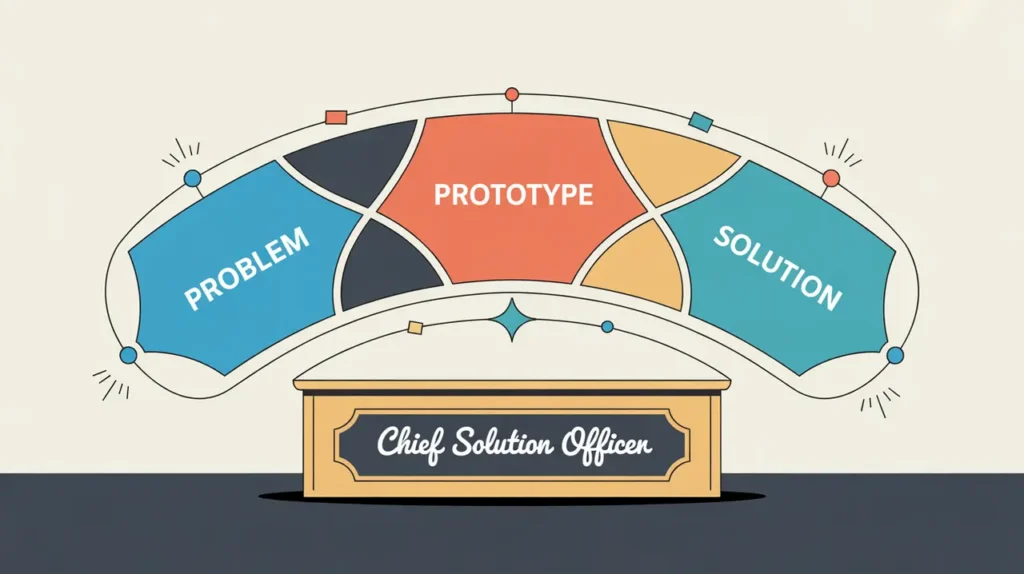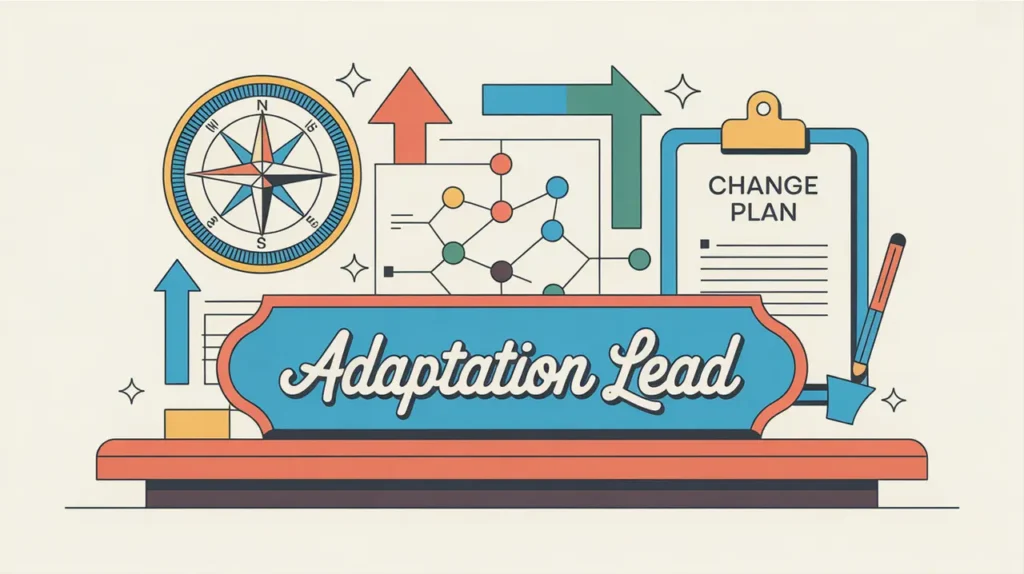What Does the Solution Designer Role Involve?
A Solution Designer is responsible for translating organizational needs and strategic objectives into clear, functional, and scalable solutions. They work at the intersection of strategy, technology, and operations to design systems, processes, or products that address complex problems in a structured and sustainable way. Their role involves understanding user and organizational requirements, architecting solutions that integrate multiple components, and ensuring that designs are feasible, efficient, and aligned with broader goals.
In nonprofits and social enterprises, Solution Designers are often central to building technology-enabled delivery models, workflow automations, or programmatic solutions that enable scale, efficiency, and impact.
At What Level does this Role Operate?
Mid Level: Solution Designers typically report to a Solution Architect, Product Manager, Technology Lead, or Director of Innovation. They operate with significant technical and conceptual responsibility, often leading the design phase of projects before handoff to development or implementation teams. They collaborate closely with stakeholders across program, operations, and technology functions to ensure that solutions are fit for purpose.
Relative Employability: Solution Designer roles are growing rapidly across nonprofits, NGOs, and social enterprises as digital transformation accelerates. These roles are particularly relevant in organizations implementing new technologies, building data systems, or re-engineering processes for efficiency and scale.
Relative Pay Scale: Solution Designers typically occupy the mid pay band, sitting between developer and architect roles. Their compensation reflects their hybrid technical-strategic responsibilities, aligning with other mid-level specialists in technology and strategy functions.
What are the Key Responsibilities and Activities?
- Analyze business, programmatic, or operational requirements to design appropriate solutions
- Develop conceptual and functional designs for systems, platforms, or processes
- Translate organizational needs into structured technical specifications, workflows, and user journeys
- Evaluate different tools, frameworks, or platforms to recommend the best-fit solution
- Collaborate with developers, vendors, or implementation teams to ensure solutions are built according to design
- Identify risks, dependencies, and integration points to ensure solutions are sustainable and scalable
- Prepare design documentation, diagrams, and presentations for both technical and non-technical stakeholders
- Ensure alignment of solutions with organizational strategies, policies, and standards
- Participate in testing and iteration processes to refine solutions before full deployment
What Core Competencies and Qualifications are Needed?
Required Qualifications and Experience
The following reflect common qualifications and experience expected for this role, while recognizing that pathways may vary by context, organization, and region.
- Relevant academic background in computer science, information systems, engineering, or related fields
- Several years of experience in solution design, business analysis, systems integration, or product development
- Strong understanding of technical architectures, workflow design, and data management principles
- Experience working with cross-functional teams and translating between technical and non-technical contexts
- Familiarity with relevant software platforms, APIs, and integration frameworks
Key Competencies
- Strong analytical and systems thinking skills
- Ability to translate complex needs into clear, actionable designs
- Excellent communication skills for engaging both technical and non-technical audiences
- Collaborative mindset for working across functions and teams
- Attention to detail and commitment to quality in design outputs
- Adaptability to evolving technologies and organizational needs
How are AI and Automation Shaping this Role?
An AI-native Solution Designer can use AI to accelerate requirements analysis, generate solution blueprints, and model system behaviors. AI tools can help identify optimal architectures, detect potential bottlenecks, and automate documentation. They can also support iterative prototyping and testing, allowing designers to move from concept to viable solution more efficiently. AI can play a significant role in integrating multiple tools and platforms, helping designers build flexible and intelligent systems.
What Career Pathways and Transferable Skills are Associated with this Role?
Solution Designers can progress to roles such as Solution Architect, Product Manager, Technology Lead, or Innovation Director. Their ability to bridge strategy and implementation is transferable to leadership positions in digital transformation, operations, and systems strategy. Over time, they may lead design teams, oversee enterprise architecture, or shape organizational technology roadmaps at a strategic level.







